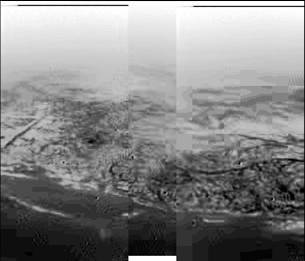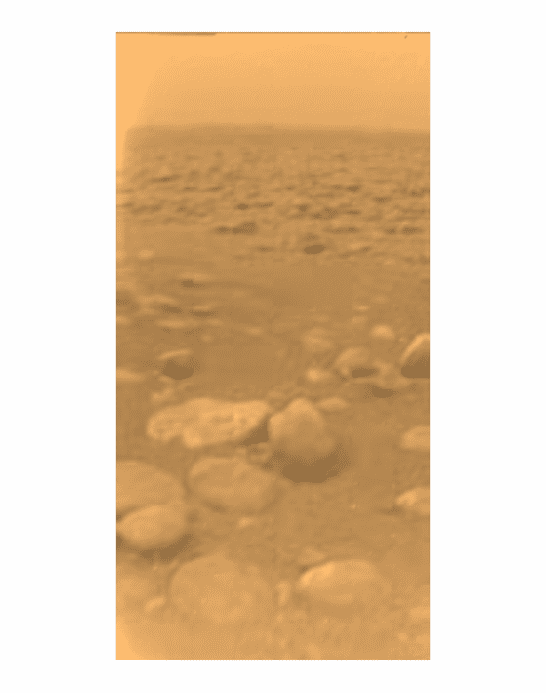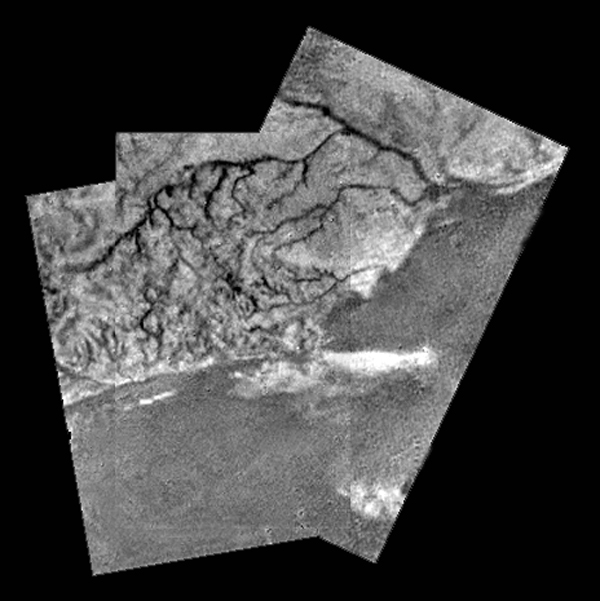Annie
Diamond Member
- Nov 22, 2003
- 50,848
- 4,827
- 1,790
So very excellent:
http://www.esa.int/SPECIALS/Cassini-Huygens/index.html
Here's some more:
http://www.nasa.gov/mission_pages/cassini/main/index.html
http://www.esa.int/SPECIALS/Cassini-Huygens/index.html
Here's some more:
http://www.nasa.gov/mission_pages/cassini/main/index.html



